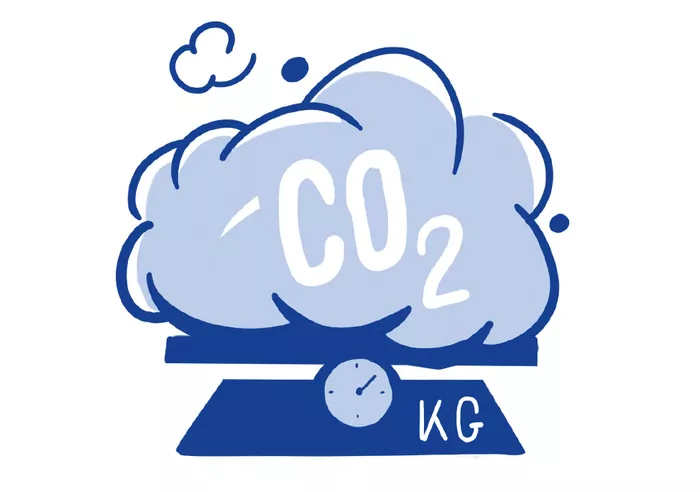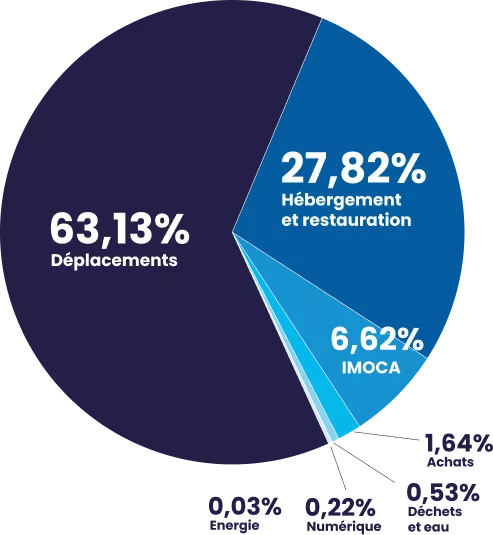Commitment n°1
Measuring the event’s carbon footprint, a founding step
The first pillar of the Vendée Globe’s environmental commitments is based on a preventive and proactive approach. In concrete terms, this means setting up measurement tools designed to evaluate and reduce the event’s carbon impact on the environment in a detailed and rigorous way.
By monitoring our carbon impact, we can assess and anticipate the consequences of the actions we take, and identify priority sectors for improvement. In this way, we are gradually building a strategy to reduce the event’s environmental footprint and promote more sustainable practices. To achieve this, the Vendée Globe is working hand in hand with Carbone 4 and Toovalu, recognised experts in the methodology and tools for measuring and managing impact.


